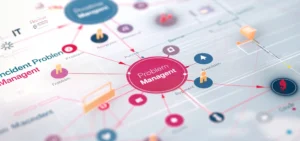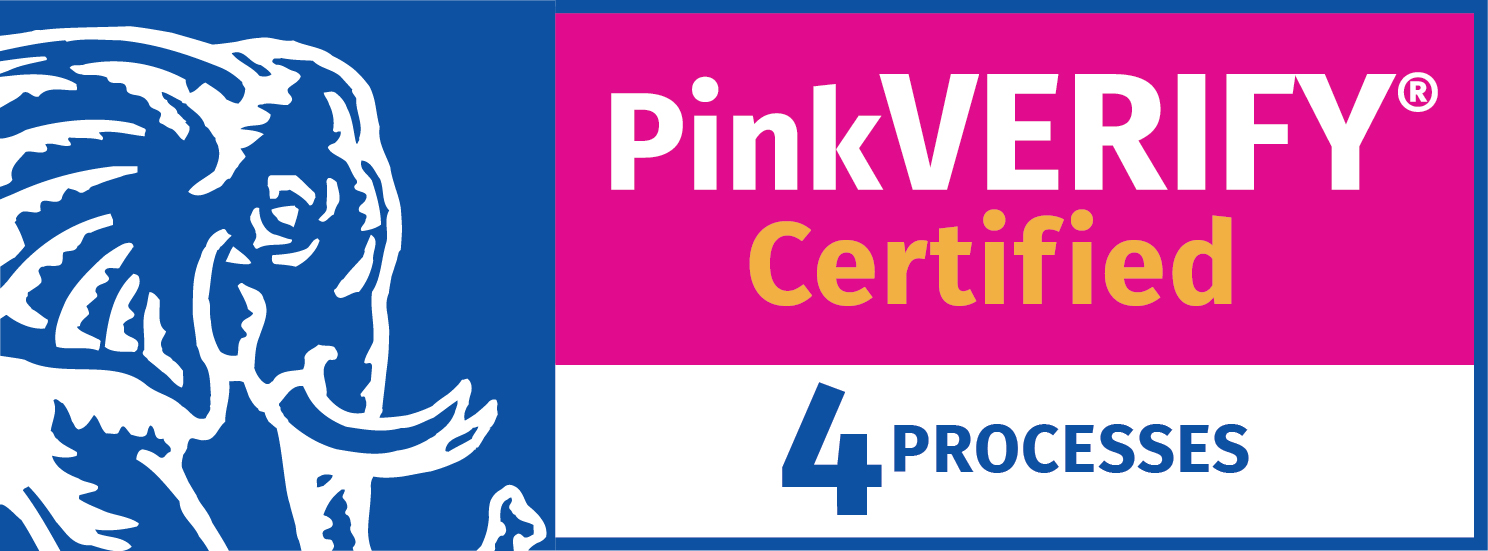Successful IT teams integrate automated processes throughout the organization. According to consulting firm McKinsey Digital, up to 45% of all activities that are currently done by employees can be automated. When done right, these save time, simplifying repetitive tasks and making it easy for members within the organization to improve productivity.
ITIL 4 precisely captures the need for optimization, telling IT team members that “human intervention should only happen where it contributes real value.” In other words, organizations that successfully prioritize inter-organizations services are relying on automated processes to get things done.
Creating automations isn’t as simple as writing code and implementing it within business practices. It requires forethought and strategic thinking to implement.
Best Automation Practices
Start with strategy – Your automation journey shouldn’t be haphazard responses to the most pressing issues at the moment. Work with stakeholders within the departments you serve to develop a comprehensive, company-wide approach to automation development. This will enable you to prioritize based on company needs.
Think about value first – It can be tempting to create fancy automations using new technology, but that might not improve business practices. Automation should be based on the business value it delivers. They should be solutions to specific challenges, rather than just a nifty piece of technology.
Get the process right before automation – Before programming automated actions, work with the business team to make sure that the existing process is the most effective method for getting the task complete. Oftentimes legacy stages exist within a process that might have made sense when first implemented but include extra steps and checkpoints. Look at every step of the process, confirm that it is the most efficient way to accomplish a task, and then create the automation.
Use tools that are easy for your users – Automations that can only be run by developers aren’t particularly effective if it’s developed for the HR or finance team. Consider your audience when selecting the automation tool, to ensure that they are able to use it.
Use tools that fit in your technology stack – Before creating an automation using tools, it’s important to confirm that it works within your company’s existing IT stack. Your tools need to be compatible with servers and systems in place, in addition to automating a process.

Repetitive Tasks You Should Automate
With best practices in place, you’re ready to create automated tasks. Every business team has different tasks, but here are a few that are used by nearly every business, multiple times throughout the year. Developing these automations will save time and help optimize performance both within the IT team and throughout the company.
#1 – Onboarding New Hires
When a new employee is hired, they need to be added to a number of systems within the organization. Without automation a typical onboarding process looks unwieldy. HR representatives add employees into their system, and then send an email to the payroll department, who has to add them into their system.
IT receives an email notifying them that there is a new employee who needs an email account created, while the asset management group receives an email telling them to set up a new computer with software required for the role.
HR has to notify facility management as well, to ensure that the new employee has an office with a desk, chair, and working internet sockets.
If any of these emails are missed, the new employee will have difficulty getting started, as they need to wait to be added into the systems.
However, these processes can all be automated. As the IT team, you can develop automated workflows that are triggered by HR adding a new employee into the system and have them automatically added to every system.
#2 – Onboarding New SaaS Apps
The average SMB uses 102-137 SaaS applications. Businesses and employees love the convenience of SaaS, but they require significant activity on the IT side.
By developing automations for integrating, securing, and configuring SaaS apps, IT departments can save time and ensure that every app that their company is using meets the company’s security posture.
#3 – Provisioning New Software
Adding new software applications to an employee’s desktop or laptop requires several checks. First, the IT team needs to ensure that the employee is authorized to install the software. They also need to check licensing information, ensure compatibility between the employee’s computer and the software, and install the software.
Creating automations that check the necessary databases helps ensure that nothing is missed, and your company won’t inadvertently use unlicensed instances of software.
#4 – Support Processes
When employees have computer issues, they need to reach out to IT service desks, describe their problem, and wait for a resolution.
Automations can help simplify the process. Employees can use a self-service module, alerting the service desk to the issue they are having, and if needed, immediately request service or a loaner computer to use while their issue is resolved. The automations free up the service desk to handle other issues and make it easy for employees to get the help they need without waiting on the phone.
Automating a Smooth-Running Operation
IT teams have the power to enhance operations throughout the company. Nearly any repeated process can be automated in a way that reduces the reliance on daily IT requests and opens the door for the IT team to introduce additional innovations and process improvements within the company.
ITCC’s service management tools make it easy to create and implement automations that can be used across the company. Schedule a demo today to see how we can improve your IT services.





